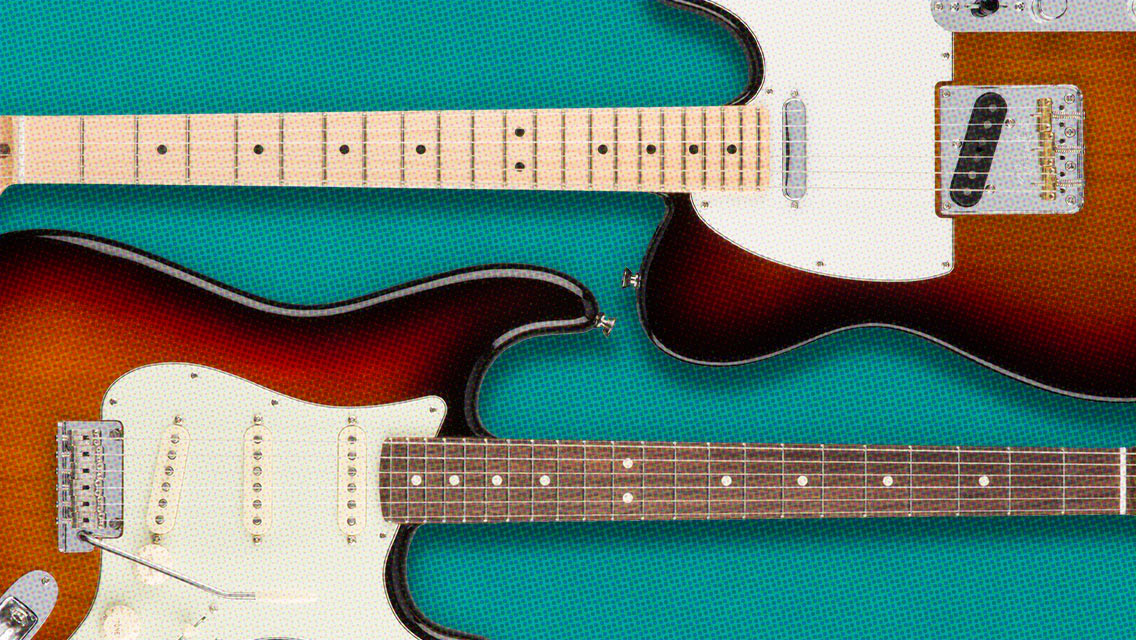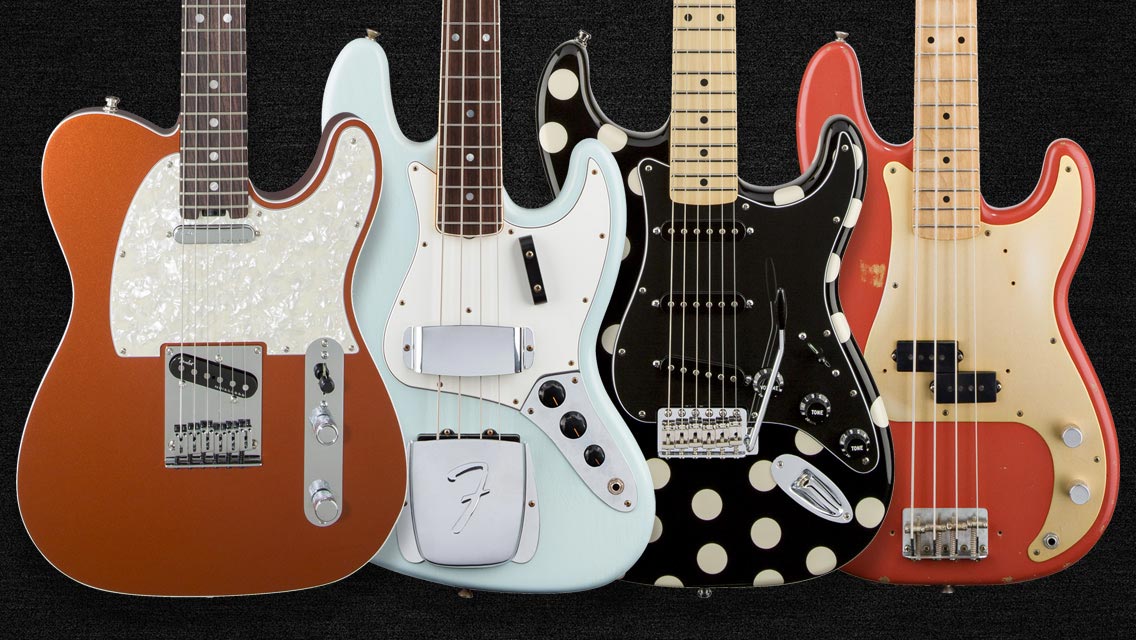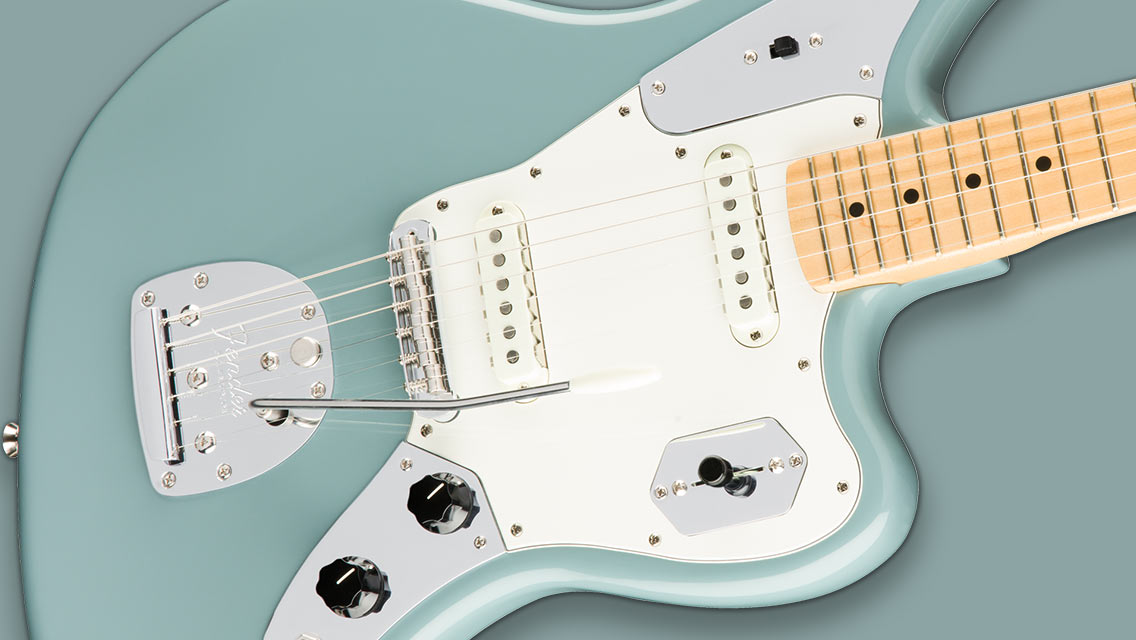1 Min ReadBy Jeff Owens
How to Measure Neck Relief on Guitar or Bass
A simple guide to finding out how to determine this important measurement that will keep your guitar sounding great.

A simple routine measurement you can perform yourself on your guitar or bass is the amount of neck relief, which is the amount of curvature along the length of the neck. It’s a useful measurement because, for example, if you have fret buzzing going on, it’ll give you a good idea of how much you’ll need to have the truss rod tweaked.
Only two tools are needed to check neck relief — a capo and a feeler gauge.
It’s pretty straightforward. Affix the capo to the first fret and depress the high E string at the last fret (G string on a bass guitar), or where the neck joins the body (often the 17th fret on Stratocaster and Telecaster guitars). With your free hand, use the feeler gauge to measure the gap between the bottom of the string and the top of the eighth fret (the fret wire itself, not the fingerboard), which is where the curvature should be deepest. Repeat this process on the low E string (for both guitars and bass guitars).
For Fender Stratocaster and Telecaster guitars, the proper size of this gap varies slightly with fingerboard radius:
Neck Radius
7.25"
9.5"-12"
15"-17"
Relief
.012” (0.3 mm)
.010” (0.25 mm)
.008” (0.2 mm)
For Fender bass guitars, the optimal measurements again vary slightly according to fingerboard radius:
Neck Radius
7.25"
9.5"-12"
15"-17"
Relief
.014” (0.35 mm)
.012” (0.3 mm)
.010” (0.25 mm)
Should you measure no relief at all or relief amounts in excess of those listed here, you probably need to have the truss rod adjusted. Although there really isn’t anything unduly difficult about most minor truss rod adjustments, for our purposes here we suggest having it done by a qualified technician or repair person.
Find some of the tools you'll need to measure neck relief here.
Don’t miss out!
Be the first to know about new products, featured content, exclusive offers and giveaways.


